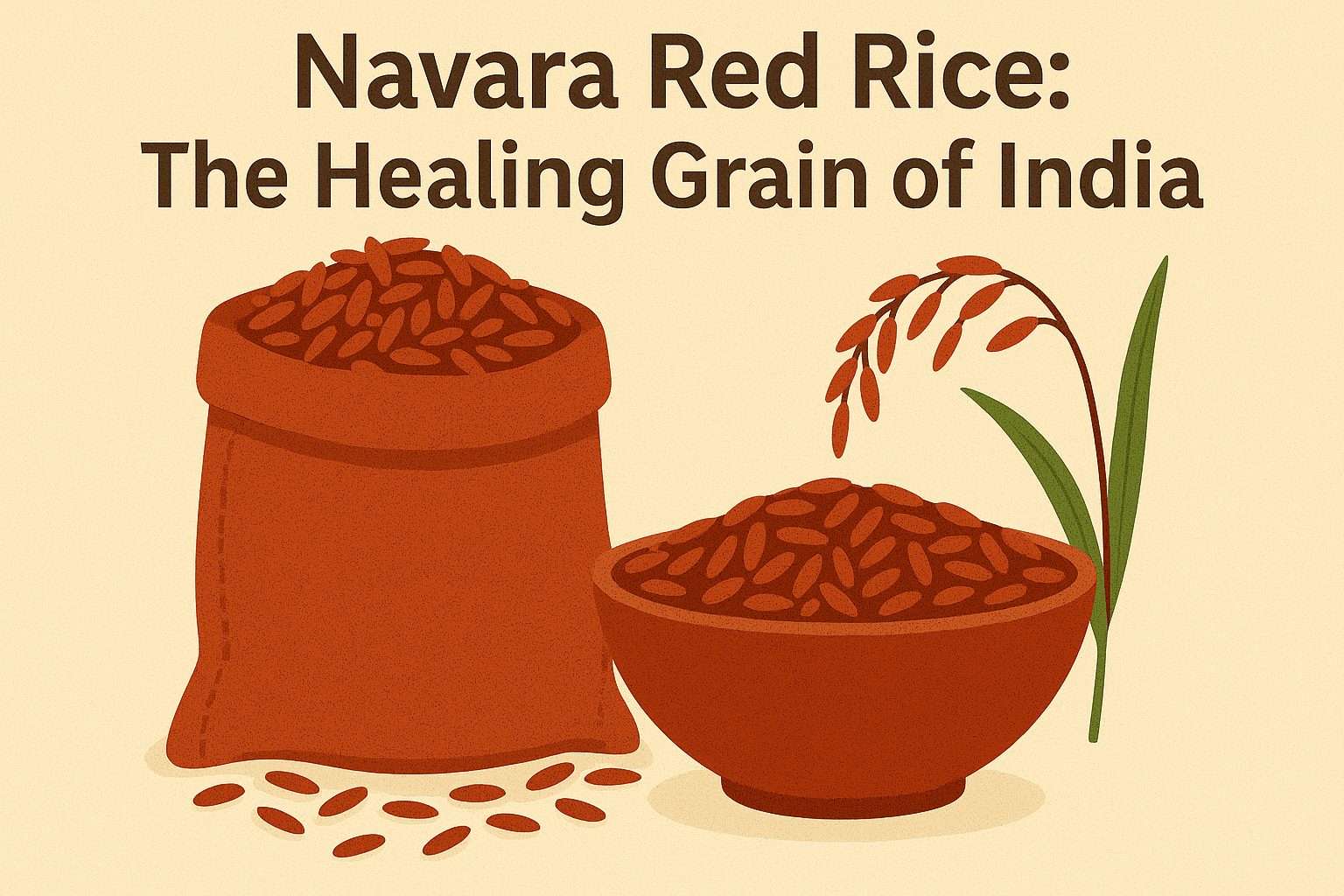Axone (pronounced as Ak-khun-i) is an ethnic dish eaten widely in areas of North-East India originating from the Sumi tribe in Nagaland. Imnasanen talked to some locals who explain that axone is made from fermented soybeans which is used both as an ingredient as well as a condiment while making dishes like chutneys or meat curries, etc. It is also interesting to see that each tribe has their own creative spin on the dish and added their own unique recipes to making axone.
The folktale behind axone
Axone is derived from the Sumi word ‘Axo’ which means ‘smell’. The origin of Axone can be traced back a long time, back to Kujunakali who was the granddaughter of Mutale. Kujunakali’s parents died at a young age and she was looked after by her uncle and his wicked wife who made her work in the fields all alone and was given only the leftover food when she returned home. One day, as she set out to work, her aunt packed half-cooked soybeans mixed with a meagre amount of shredded bamboo sticks, a few vegetables and eggs all wrapped in a banana leaf. After a long day of work, when she returned to eat the food packed by her aunt, she realized that it was not fit to eat. Hence, she buried it in between a layer of haystack before going home without food.
A few days later as she went to the fields without food, she remembered that she had set aside some food in the hay and as she went to retrieve it, she discovered that the half-cooked soybean was already smelly and faulty by that time but it strangely looked appealing to her eyes. She tasted it and found it to be tasty despite the foul smell. After some days, she invited her friends to come and try a sample of what she made. All of them became fond of it and praised her, and soon, news about her dish spread like wildfire. Kujunakali was able to earn money from the little venture she made and years later, she became known for the wealth she possessed selling axone.
The way axone is made
The process of making a dish with axone is very simple. Ayeluto Awomi, a local from the Sumi tribe explains, “To make axone, you must first wash the soybeans and soak them for about 20-30 minutes. After that, the soybeans should be cooked in a pressure cooker and then strained to dry. To follow up, it must be kept in a wooden basket for 2-3 days. Sun drying the soybeans for about 3-4 days is completely optional. Next, the soyabeans are ready to be pounded into a paste before they are wrapped in sycamore or banana leaves and hung in the fireplace for two nights.” Additionally, he adds, “The paste will last for months and if you want to preserve it for a long period, you can keep it on the top of the fireplace or in an air-tight container in the fridge.”
Similar dishes like axone
Axone is a fairly common dish that is eaten frequently everywhere in the north-eastern states, especially popular in pork and beef curry. Flavourful in its taste with a hint of acidity, it is said that one’s first experience with axone is often unforgettable. Coincidentally, there are also similar dishes like axone in and around other Asian countries. For example, Natto (Japan), Doenjang (South Korea), and Tempeh (Indonesia).
In recent years, the popularity of axone has risen in central India due to the exposure of North-Eastern culture through social media and increasing curiosity towards them. Axone (2020) is one such movie produced by Yoodlee Films where the main highlight of the film was the dish axone. Even the portrayal of the dish itself remains accurate to the fact that the dish has a pungent smell but the taste is quite contrary to how it smells; a classic case of ‘Don’t judge a book by its cover’, or rather in this case, ‘Don’t judge a dish by its smell.’

























